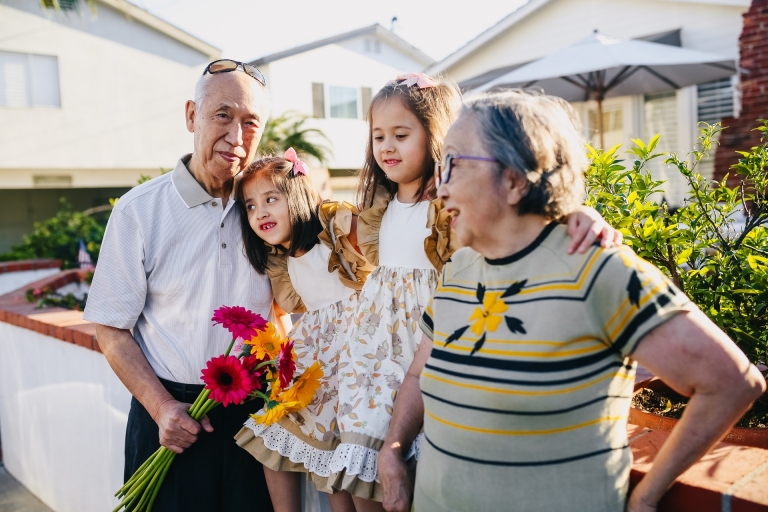900 Bestgate Road
Suite 400
Annapolis, MD 21401
410.280.1102

According to 2020 statistics released in June 2021 as part of the Giving USA report, Americans’ bequests to charity totaled nearly $42 billion last year. That’s a tremendous amount of charitable giving flowing to community organizations from donors after they die. Still, it’s a fraction of the $324 billion Giving USA reports was given to charities in 2020 by living individuals.
As you work with your philanthropic clients, consider helping them make meaningful gifts during their lifetime, in addition to discussing their estate plans for distribution after death.
Here are three tips for encouraging your clients to consider “giving while living” as part of their plans:
- Clients get to see the results of their gifts. Encourage them to get involved, whether as a volunteer, board member, or simply an observer at a site visit to each charity they support.
- Clients can involve their children and grandchildren in making the gifts, especially when the clients are working with CFAAC through a family Donor Advised fund or another collaborative vehicle.
- Clients are eligible for an income tax deduction for lifetime charitable gifts, and the gifted assets are no longer subject to future estate taxes.
CFAAC can help you assist your clients with a philanthropy plan, starting with the basics. Here are three talking points to help you begin the conversation with your philanthropic clients:
- “Give where you live. Many Americans support charitable causes overseas, and that is wonderful. But don’t forget that sometimes the greatest needs are right here at home. Look for opportunities to support local charities through the Community Foundation of Anne Arundel County (CFAAC). You can open a Donor Advised Fund or give to a CFAAC campaign. CFAAC can provide information about overall need, the nonprofit’s mission to meet that need, and the positive impact of a gift on the lives of others. When you give to local organizations, you are in a much better position to have confidence in your gift.”
- “Give to what you know. Most Americans get the greatest joy from giving to causes with which they are personally familiar. This makes it easier to understand how the charity is using your dollars. So, for example, if you’ve had experience with helping foster children, you are likely to understand how the organization is using your donation to support training for foster parents. Or if someone in your family suffers from an eating disorder, you will understand what it means to give money to support an individual to receive an extra six weeks of treatment beyond what insurance will pay. Again, CFAAC can be a resource for you. Don’t be afraid to ask. Most organizations are happy to share the tangible impact of your donation.”
- “Give to the charities you love. Gifts that are aligned with a passion and your own love of humanity carry the most energy and ultimately make the most difference. The bottom line is that giving should feel good.”
Need more tips and talking points? CFAAC is always here to help, call at 410-280-1102.